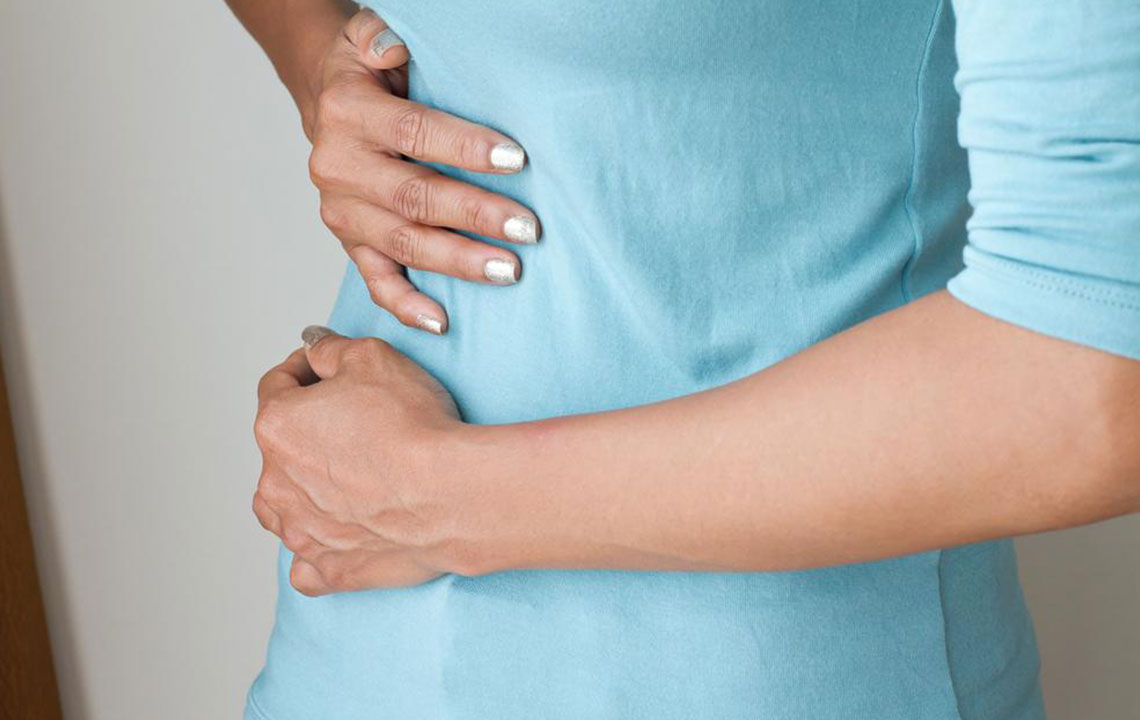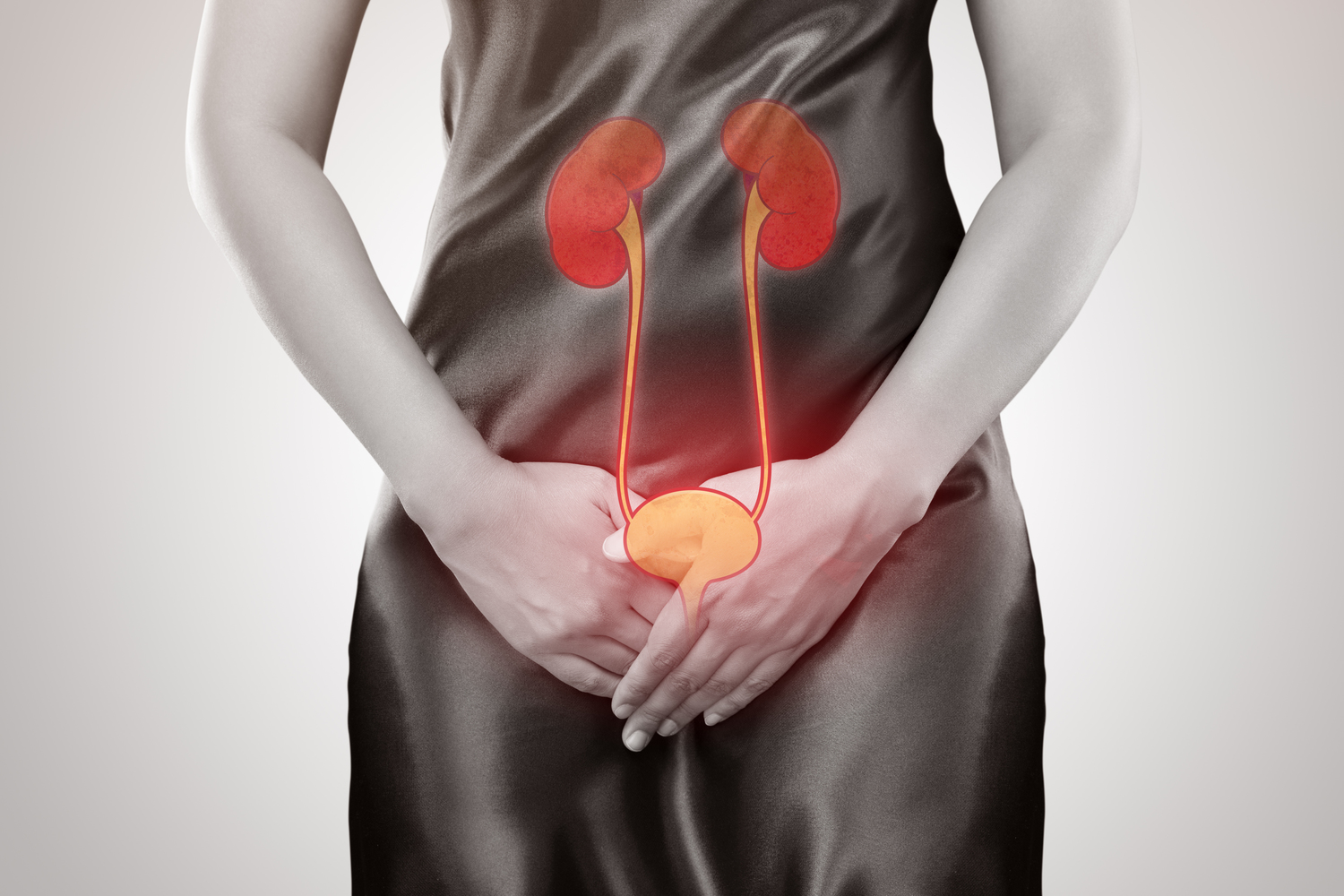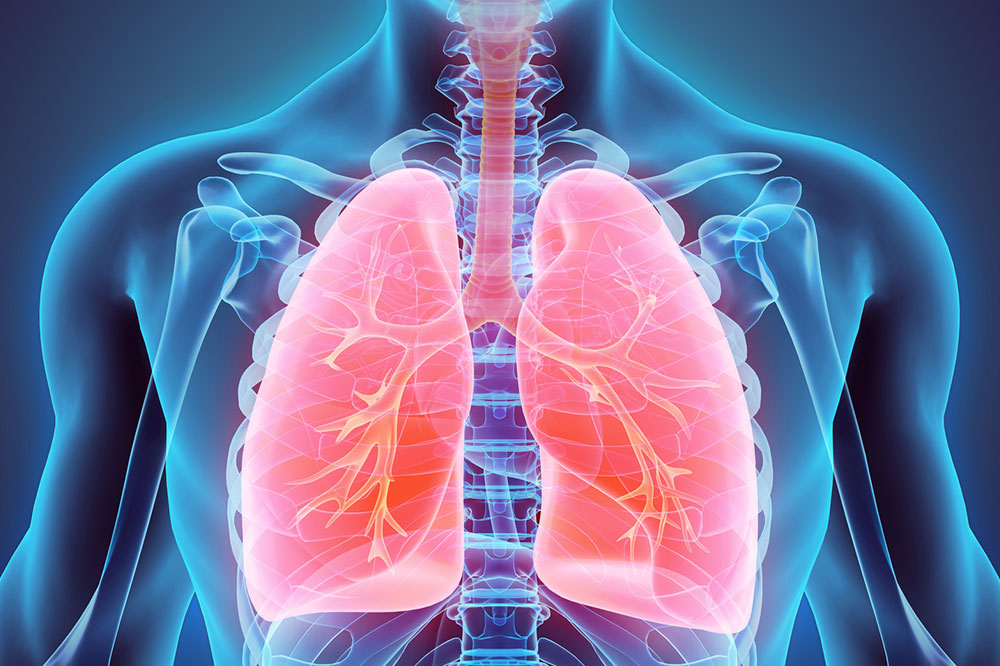Understanding Hemorrhoids: Causes, Symptoms, and Prevention Strategies
This article explores the various types of hemorrhoids, their causes, symptoms, and effective prevention strategies. It emphasizes the importance of lifestyle changes like hydration, diet, and exercise to reduce risks. Recognizing symptoms early and seeking medical advice can prevent severe complications. Learn how internal and external hemorrhoids differ and when to consult a healthcare professional for treatment options and relief.

Hemorrhoids, commonly called piles, are a prevalent condition affecting many individuals. About 75% of people experience hemorrhoids at some point in their lives. They are swollen veins located in the anal region and lower rectum. Common causes include increased pressure during childbirth, excessive straining during bowel movements, and chronic constipation. Symptoms often include bleeding, itching, and discomfort. Hemorrhoids are classified as internal or external. Internal hemorrhoids form inside the rectum, usually painless initially, but can prolapse and bleed. External hemorrhoids develop around the anus and can cause discomfort. Understanding prevention through hydration, fiber-rich diets, avoiding prolonged sitting, and regular exercise can help reduce risks. Seek medical attention if bleeding or pain worsens. Proper management can alleviate symptoms and prevent complications such as anemia or strangulation.










